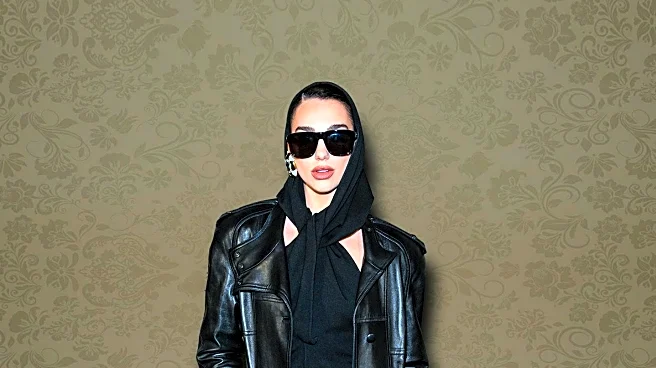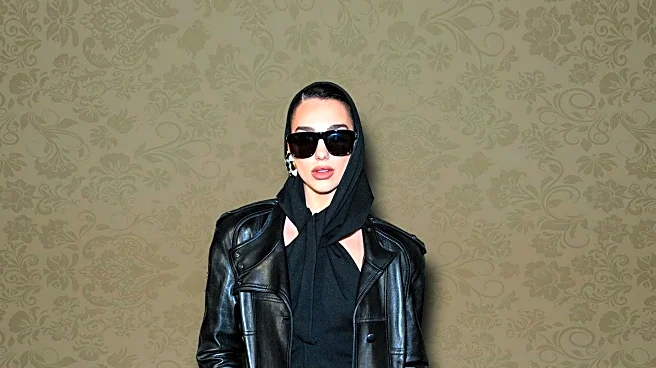What's Happening?
Olivier Rousteing's exit from Balmain as Creative Director has elicited varied reactions from fashion enthusiasts and industry insiders. Rousteing, who became the first Black creative director of a major
European house at 24, has been a pivotal figure in Balmain's evolution. Forum members on theFashionSpot expressed shock and nostalgia, with some comparing his tenure to iconic partnerships like Lagerfeld at Chanel. Others noted that the brand had lost its sparkle and suggested it was time for a change. The departure has sparked discussions on Rousteing's impact and the future direction of Balmain.
Why It's Important?
Rousteing's departure is significant as it marks the end of an era for Balmain, a brand that has been synonymous with his creative vision. His influence on the brand's aesthetic and digital presence has been profound, setting trends that have resonated globally. The reactions from forum members reflect broader industry sentiments about the challenges of maintaining brand identity while evolving creatively. This transition may influence other fashion houses to reconsider their leadership strategies and adapt to changing consumer preferences, emphasizing the importance of innovation and cultural relevance.
What's Next?
Balmain's next steps will be closely monitored as the brand seeks to appoint a new creative director. The transition may lead to strategic shifts in design and marketing approaches, impacting Balmain's position in the competitive luxury market. Industry stakeholders will be interested in how the new leadership will balance heritage with modernity, potentially setting new trends in fashion. The broader industry may also experience shifts as brands reassess their creative strategies in response to evolving consumer demands.
Beyond the Headlines
Rousteing's departure highlights the dynamic nature of leadership in the fashion industry, where creative directors play a crucial role in shaping brand narratives. His tenure at Balmain underscores the importance of digital engagement and inclusivity, setting a precedent for future leaders. The shift may prompt discussions on the role of creative directors in influencing cultural and social dynamics within the industry, as well as the challenges of maintaining brand identity amidst change.











